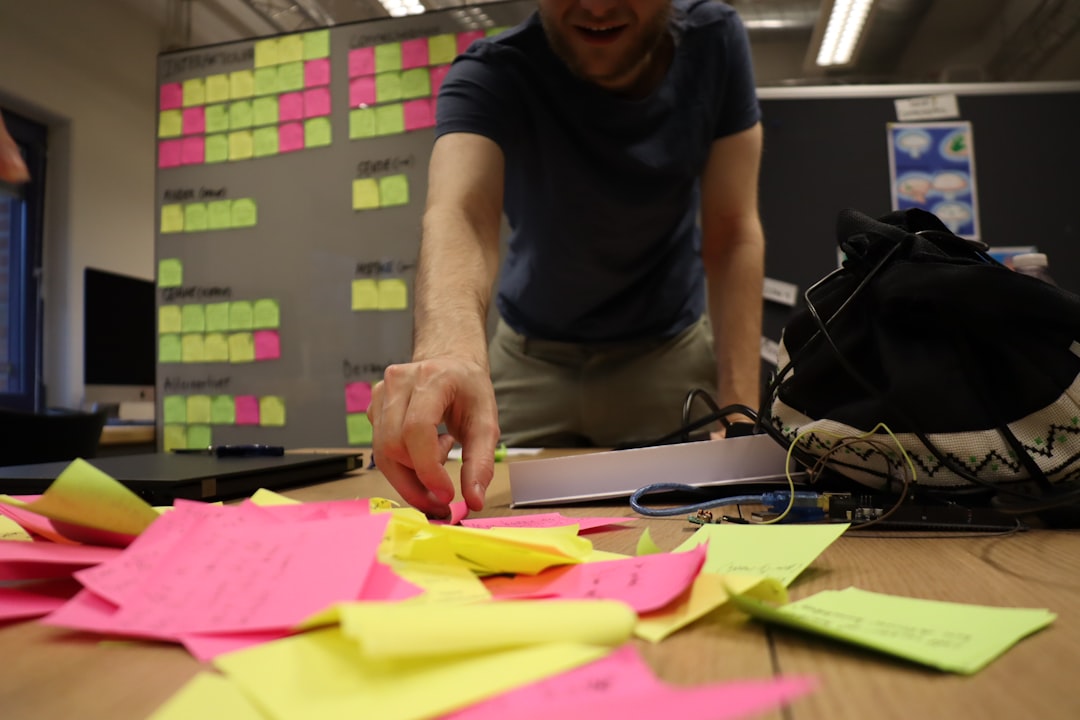
Ever feel like your to-do list is laughing at you from across the room? Yeah I've been there. My brain used to be a jumble of tasks appointments and vague intentions. It was overwhelming. Honestly when I was deep in my struggles with gaming addiction and just general laziness the idea of managing tasks felt like climbing a mountain. But getting a grip on my tasks was a huge part of how I turned things around reclaiming my time and energy.
It’s not about finding some magic bullet. It’s about finding a system or even a mix of systems that clicks with you. So let's chat about a few effective ways to manage those tasks. Maybe one of these will be the key to unlocking a more organized and peaceful day for you.
1. The Classic To-Do List
You know this one. It’s simple. You write down what you need to do. You check things off. Boom.
Don't underestimate its power. Seeing your tasks written down gets them out of your head. That alone can reduce stress. Plus who doesn’t love the satisfaction of checking something off?
- How it works: Grab a notebook a sticky note or a basic app. List your tasks.
- Best for: Everyone really. It’s great for daily planning quick reminders or when you just need to dump all your thoughts.
- Tip: Try to add a bit of detail. Instead of "Work project" write "Draft introduction for project report." Clarity helps.
2. The Eisenhower Matrix
This one sounds fancy but it’s super practical. It helps you figure out what really needs your attention. You divide tasks into four boxes:
- Urgent and Important (Do these first)
- Important but Not Urgent (Schedule these)
- Urgent but Not Important (Delegate if possible)
- Neither Urgent Nor Important (Delete or minimize these)
- How it works: Draw a four-quadrant box. Label them. Sort your tasks.
- Best for: People who feel busy but not productive. It helps you focus on what truly matters.
- My take: This was a game-changer for me when I felt pulled in a million directions. It helped me see what truly needed my immediate focus.
3. Kanban Boards
If you’re a visual person you might love Kanban. Imagine three columns: "To Do" "Doing" and "Done." You move tasks (often written on sticky notes or digital cards) across the board as you work on them.
- How it works: Set up your columns. Add your tasks to "To Do." Move them as you progress.
- Best for: Visual thinkers managing multi-step projects or even household chores.
- Tip: You can add more columns like "Waiting for" or "Review" if your process is more complex.
4. Time Blocking
This is my personal favorite for focused work. Instead of just having a to-do list you schedule specific blocks of time for your tasks directly in your calendar. Treat these blocks like appointments.
- How it works: Look at your to-do list. Estimate how long each task will take. Block out time in your calendar for each one.
- Best for: People who get easily distracted or want to be more intentional with their time. It’s how I manage my 2-4 hour deep work sessions. It protects that focus time.
- My experience: When I was trying to build a productive routine after years of unhealthy habits time blocking gave me the structure I desperately needed. It told me exactly what to do and when.
5. The Pomodoro Technique
This isn't a full task management system but it's brilliant for getting tasks done. You work in focused intervals typically 25 minutes followed by a short 5-minute break. After about four "Pomodoros" you take a longer break.
- How it works: Choose a task. Set a timer for 25 minutes. Work without interruption. Take a short break. Repeat.
- Best for: Procrastinators people overwhelmed by large tasks or anyone who struggles to stay focused.
- Why it helps: It breaks down big tasks into manageable chunks. Knowing you only have to focus for 25 minutes makes it easier to start. This technique was vital for me in building consistency especially when tackling things I used to avoid.
6. The Ivy Lee Method
This is over 100 years old but still incredibly effective for its simplicity and focus. At the end of each workday identify the six most important tasks you need to accomplish tomorrow. List them in order of importance. The next day start with task number one and work on it until it's finished before moving to task number two and so on.
- How it works: Each evening list 6 tasks for tomorrow prioritized. Work through them in order.
- Best for: Those who feel overwhelmed by too many choices and want a clear daily focus.
- Benefit: It forces you to prioritize ruthlessly and encourages single-tasking.
7. Task Batching
Constantly switching between different types of tasks drains your mental energy. Task batching is about grouping similar tasks together and doing them all in one go. For example answer all your emails at once run all your errands together or make all your calls in one block.
- How it works: Identify recurring similar tasks. Dedicate specific times to do them in batches.
- Best for: Anyone with varied but repetitive tasks. It makes you more efficient.
- Think about it: It’s like an assembly line for your to-dos. You get into a rhythm.
8. Eat That Frog
Coined by Brian Tracy this method is simple: Identify your biggest most important or most dreaded task (the "frog") and do it first thing in the morning. Once that’s done you’ll feel a sense of accomplishment and the rest of your day will feel easier.
- How it works: Each day identify your "frog." Tackle it before anything else.
- Best for: Procrastinators and those who tend to put off the hard stuff.
- My two cents: I remember when I was starting my weight loss journey. My "frog" was often my workout. Getting it done first thing set a positive tone for the entire day and made healthy choices easier. It built momentum.
Finding the right system takes a bit of trial and error. You might even combine elements from different systems. I certainly do. The goal isn’t to become a productivity robot. It’s to free up mental space reduce stress and make more room for the things that truly matter in your life.
Remember how I mentioned overcoming a heap of unhealthy habits? A big part of that was learning to manage my day and my tasks. It wasn't about perfection it was about consistent small efforts. Taking control of my to-dos one step at a time helped me take control of my life. It gave me a sense of purpose and direction especially as I focused on strengthening my faith and finding meaning. Those small wins in task management built confidence for bigger life changes.
So what do you think? Which of these systems feels like it might fit your style? Maybe pick just one to try out for the next week. See how it feels. What’s one small step you can take tomorrow to manage your tasks a little differently? You’ve got this.





